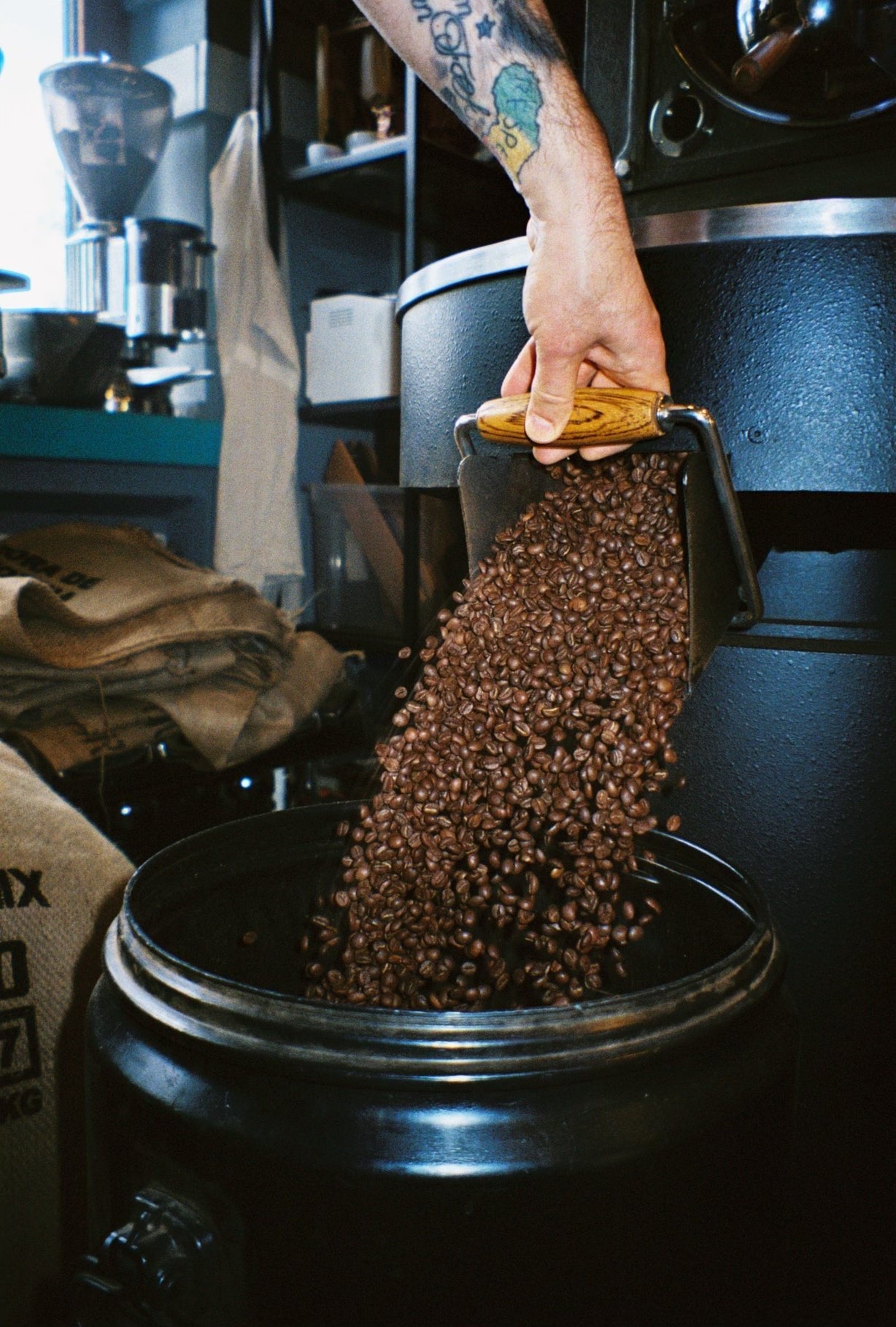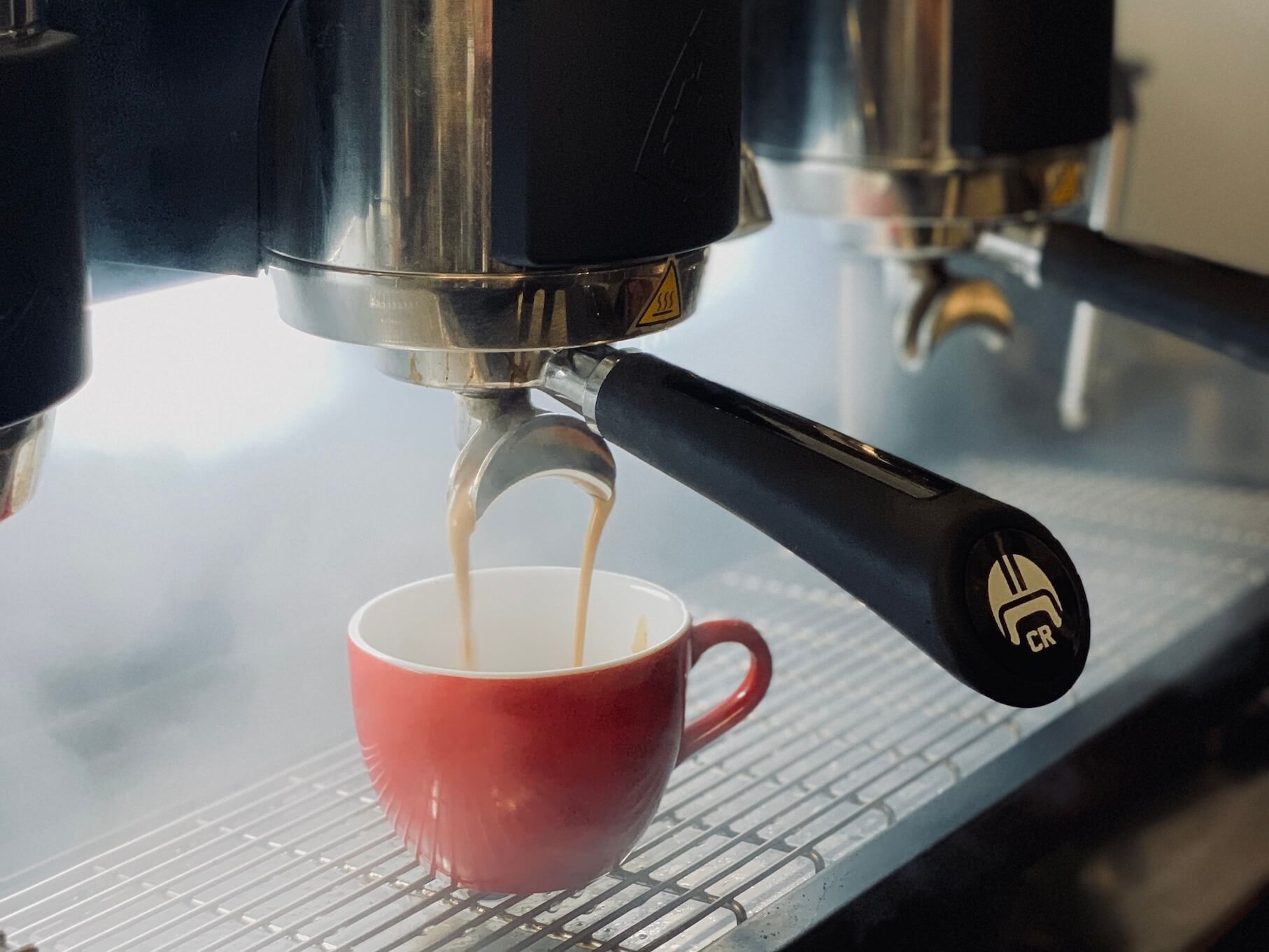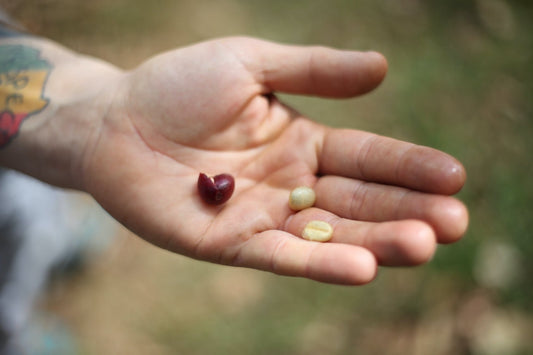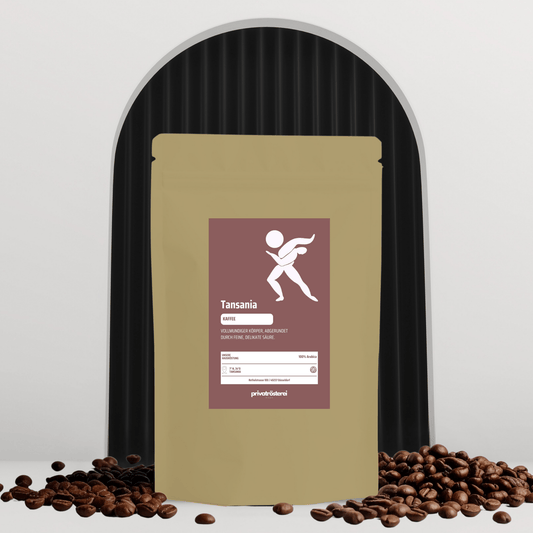Making a great cappuccino at home is usually something only experienced home baristas with the right equipment can achieve. But it doesn't always have to be a portafilter machine; you can also try making a cappuccino with an espresso maker and a French press.
Along with the latte macchiato, the cappuccino is one of the most popular coffee specialties prepared in cafés and at home. It impresses with its creamy layer of milk foam and the harmonious ratio of espresso to milk. But how do you prepare it properly? Today, we'll show you two different ways to make the perfect cappuccino at home.
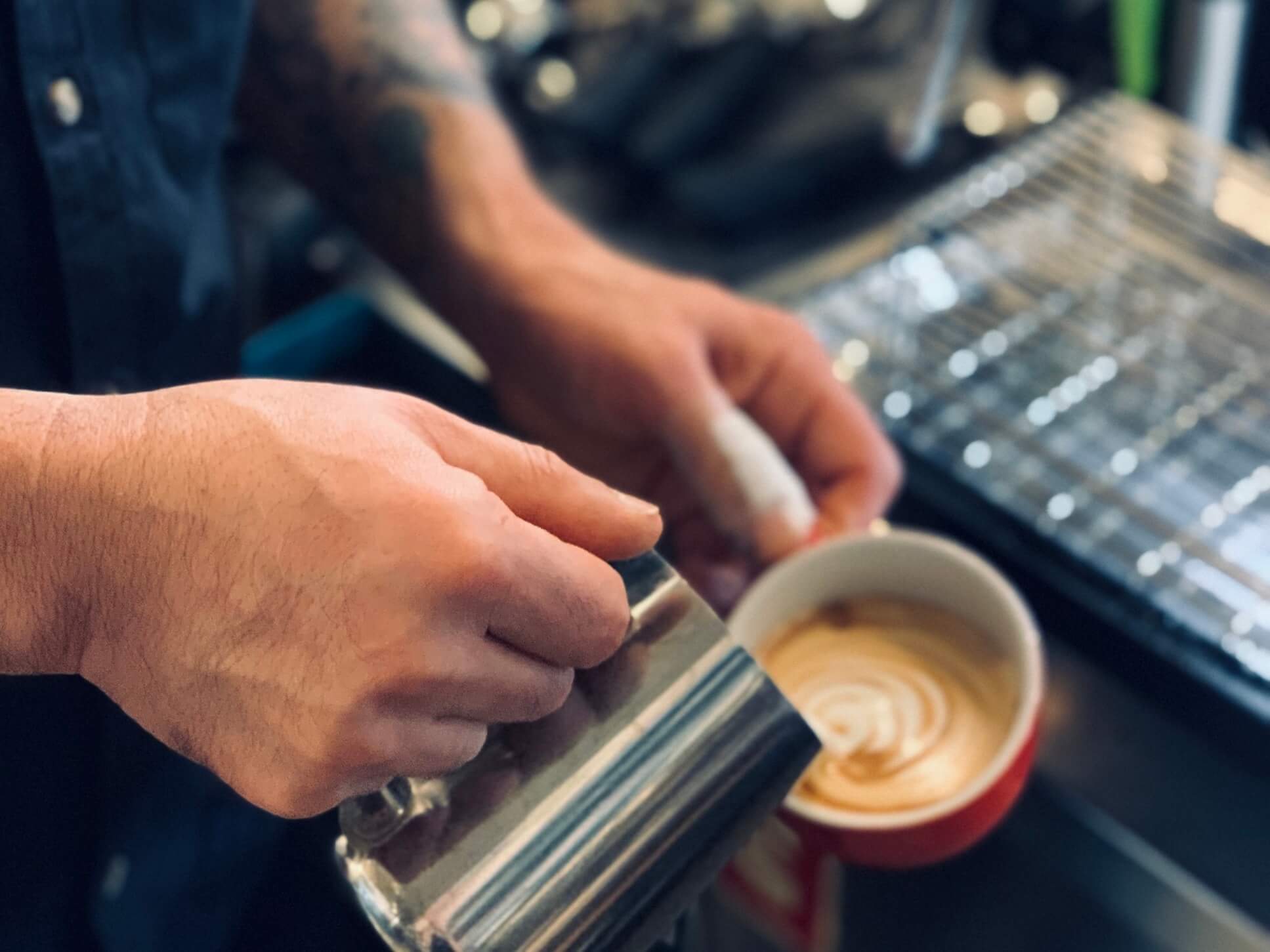
Image: Cappuccino - Creamy seduction
Preparation: What do I need to make a good cappuccino?
The ingredients are crucial, and they must be brought together in perfect balance. Traditionally, Italian espresso, hot milk, and fine milk foam are mixed in a ratio of one to two. So, a coffee cup contains one espresso and two-thirds milk.
Espresso is ideally prepared in a portafilter machine . Alternatively, it will also work with a small espresso maker . Ouch! Many experts will say. An espresso maker (also called a stovetop coffee maker or moka pot) - contrary to its name - does not make espresso. And that's true. Coffee from an espresso maker is usually stronger than filter coffee but milder than a real espresso. And yes, it lacks the real crema and is not made under high pressure. We think that you can still achieve great results with it, especially if you don't have an expensive portafilter machine at home.
Once the coffee base is ready, we need milk. For a cappuccino, we prepare it into a fine milk foam and then mix it into the espresso. If you don't have a portafilter machine with an integrated steam nozzle but rather an espresso maker, a milk frother can be the tool of choice for perfect milk foam. Those who are particularly adventurous and own a Frech Press can also use it to froth milk; more on that later.
The right bean: Which should I use?
In addition to the milk, the coffee bean naturally plays an essential role. We like to use a traditional blend of Arabica and Robusta beans, or even 100% Robusta, with no Arabica at all. Robusta beans are particularly well-suited for cappuccinos because their soft body not only balances the rather dominant flavor of the milk but also ensures a stable crema.
Our recommendation:
- Espresso India : Finest highland Robusta. Our house roast in the café
- Espresso Mix Uganda : Fruity espresso with 50% Arabica and 50% robusta
Important when buying beans: quality. A common quality label is a combination of letters. Double A, or AA, stands for first-class, high-quality specialty coffee. We naturally have a wide variety of these in stock at our roastery on Rethelstraße in Düsseldorf and here in our online shop.
Buy ground coffee or grind it yourself: Which grind is right for a cappuccino?
The bean should be ground very finely. We'll be happy to grind the beans directly for you in our roastery. You can also order them pre-ground here in our online shop. Whether you grind your coffee yourself in a grinder or have it ground in a fully automatic coffee machine, always make sure you set the grind setting correctly. We're happy to give you helpful tips here in the roastery. Otherwise, the rule is: try it out. The coffee itself can be a good guide. If it tastes too sour, you should set the grind a little finer. If, on the other hand, it tastes bitter, you can grind it a little coarser. Now it's time to prepare the coffee. We'll show you step by step how to proceed.
Method 1: Prepare cappuccino with the portafilter machine
Step 1: Brew your espresso
Brew your espresso (approx. 30ml) in the portafilter machine to approximately 70 degrees Celsius. If you've chosen the correct grind and amount of ground coffee, and tamped it firmly but not too hard, the brewing time for one espresso should be approximately 25 seconds. While the espresso is brewing, you can start frothing the milk.
Step 2: Froth milk in a metal jug
Quantity: Fill your metal jug one-third full with cold milk (approx. 60ml). The type of milk you use is up to you, as almost any milk can be frothed.
Milk: The milk's fat and protein content are crucial for the foam's structure. We've personally had good results with whole milk (3.5% fat content) and a protein content of approximately 3.4 grams per 100ml of milk. But don't let it become a science; trial and error is the key here. And if you don't want to use cow's milk, you can use soy, almond, or oat milk, for example.
Frothing: So much for the theory. Now, dip the steam nozzle of your portafilter machine just below the surface of the milk. Hold the jug at a slight angle. No further circular movements are necessary; the milk frother takes care of that.
Temperature: Ideally, you should froth your milk until it reaches about 60-70 degrees Celsius. It shouldn't get any warmer, as otherwise the foam will break down. Once the initial milk has doubled in volume and has a slightly thick consistency, your milk froth is ready.
Tip: To gauge the correct temperature during the frothing process, simply hold your hand against the bottom of the jug. Once you reach the point where the jug becomes too warm in your hand, you've usually reached the right temperature.
Step 3: Prepare your cappuccino
The process is simple. Hold your coffee cup upright and then fill your espresso evenly with your frothed milk. You'll see that some of the milk will blend directly with the espresso. Another part will settle as a thin, creamy white foam. If you can, you can create latte art on this foam using the last bit of milk from the jug.
Your cappuccino is ready with the portafilter machine.
Method 2: Make cappuccino with an espresso maker
If you don't have a portafilter machine at home, you can easily make do with an espresso maker and a French press. To make it work, simply follow these simple steps:
- The right grind size . This is often the first mistake that can lead to coffee from an espresso maker tasting bitter and burnt. Don't grind the beans as finely as you would for an espresso, but rather a bit coarser.
- Now fill the coffee grounds into the coffee filter . Always fill with enough coffee grounds to reach the brim. Unlike with a portafilter, however, nothing is pressed down here. Simply leave the grounds loosely in the filter.
- Now fill the water tank with enough hot water so that it just reaches below the pressure relief valve.
- Now screw the upper and lower units of the espresso maker together firmly and place them on the stove .
- As soon as air instead of coffee comes out of the top opening, remove the maker from the stove and briefly hold the bottom part of the espresso maker under cold running water. This will cool the container and stop the brewing process.
Froth milk with the French press
And now for a little bonus tip: To froth milk with a French press, first heat it in a small saucepan. Once the milk is hot (but not boiling), pour it into the French press and move the fine-pored mesh up and down several times. You'll quickly notice that the milk almost doubles in volume. Your froth is ready.
Now Simply mix the milk into the coffee and voilà: you have prepared a cappuccino at home using the simplest of means.
